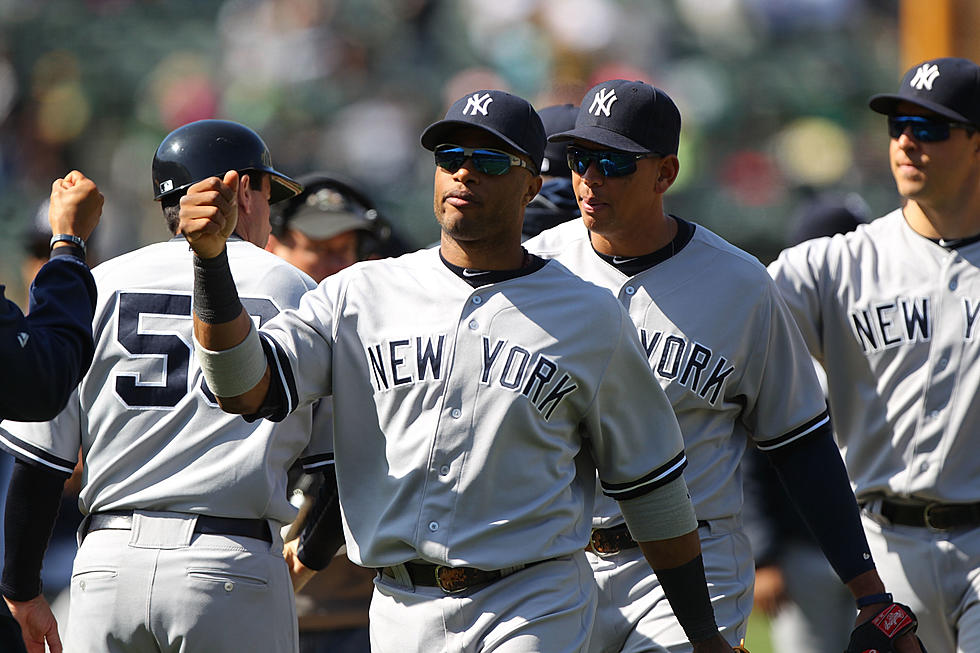
Athletics’ Mascot Cremains Guarded By Finley
Nancy Finley is a saint.
Every once and awhile, there's a feel-good story just waiting for proper attention. No contract reporting. No labor talks to speak of. No unhappy ballplayer demanding a trade.
The story of the love and devotion a young girl first knew of a baseball team's mascot, and the connection still felt many year's after they have been separated is simply beautiful.
Let me tell you about Charlie-O.
During a dozen Kansas City Athletics/Oakland A's MLB seasons (1965-'76), the ball club had a mule for a mascot. The mule, named after team owner Charlie O. Finley, was big. Measuring 15 hands (60 inches), as mules go, Charlie-O's size could be intimidating to some.
When Finley purchased controlling interest in the club, in December 1960, in time he would replace the original mascot and symbol - an elephant, with Charlie-O.
Charlie-O was a very popular symbol of the A's. Fans would turn out early to, first, at Kansas City's Municipal Stadium, and beginning in 1968, in Oakland, to see him in and around the playing field.
When greeting fans at the Oakland-Alameda County Coliseum (now RingCentral Coliseum), Charlie-O was decked out in a custom-made coat in A's Kelly green, white, and gold colors. His name inscribed on the coat was a magnet of good cheer for the team to its fans.
In 1976, the mascot baseball fans of all ages grew to love passed.
Recently, Nancy Finley and her husband Morgan King relocated from the eastern region of the San Francisco Bay area to Texas.
Texas is where Finley's family is spread out. Living near Austin, the daughter of Carl Finley, the late A's vice-president and general manager, and first-cousin to then team owner Carlie O. Finley, has a plan to split time in the southwest and the west coast.
During the move, there is two small wooden boxes that Finley didn't trust putting in the moving truck. There was no handing over these two most precious possessions with strangers. Finley kept the boxes within arm's reach during the drive. Charlie-O's cremains are the contents of the boxes.
There are so many happy memories for Finley of time spent with Charlie-O.
"Dad was good friends with the man who owned the stable where he was boarded. I'd go there everyday after school to ride my pony, and then I'd visit with Charlie-O."
Taking snacks to Charlie-O, feeding him carrots and sugar cubes, the bond grew to where Finley believes that the mule knew who she was, and when she was coming to visit.
"I loved him. He was wonderful," explained Finley of Charlie-O during a recent telephone conversation.
Finley paints a clear picture of team owner Charlie O. Finley as an animal lover. When he first took over the A's, there was a petting zoo for baseball fans of all ages to enjoy. Peacocks, sheep, monkeys were among the pack seen roaming in Municipal Stadium.
During the 1965 season, the A's briefly had relief pitchers ride Charlie-O, from the bull pen to the pitcher's mound. As the club's mascot, Charlie-O seemingly had no boundaries where he could go.
Cocktail parties, hotel lobbies, stadium outfields, in his time, Charlie-O was the most famous and beloved ambassador the game of baseball had.
The A's took Charlie-O on the road, too.
When Charlie-O passed, it was Carl Finley who was given the task on what to do with "America's Mule."
"The governor of Missouri gave him (Charlie-O) to us," recalls Finley. " Dad thought, if we buried Charlie-O, where would we go? After it decided he would be cremated, Dad had a plaque made memorializing Charlie-O, and (his cremains) were given to the ASPCA located next to the (Oakland) Coliseum."
When the A's were sold to Walter Hass,Jr., president of Levi Strauss & Company in a deal finalized prior to the 1981 season, what was the future of Charlie-O's cremains? Carl Finley, who remained with the new ownership in his vice-president role to help during the transition period, learned quickly that his new bosses "didn't get it", in what Charlie-O meant to Oakland baseball.
"The new owners chose not to keep the cremains," Finley said of Charlie-O, who fans would arrive early at the ball park to have their pictures taken with. 1977 was our first season without a mascot."
Today, Charlie-O's cremains are safely secured in a Texas bank vault.
Their future is in question.
Nancy Finley is looking for a permanent home, for long after she is gone, so baseball fans of all clubs will know of the joy Charlie-O brought to the game. She is being particular, with good cause. The last thing Finley wants if for her "two precious boxes" to end up on the basement floor of building where the legend of Charlie-O can be forgotten.
Charlie-O, who lived to be 20 years-old, was a symbol of all that is good with baseball. Kids jockeying for position at field level hoping to get an autograph on a ball or card, and watching grown man playing catch and whacking balls into an outfield of a sea of manicured green grass, this was the era of Charlie-O.
Finley, who authored a wonderful book on her family's baseball experience - Finley Ball: How Two Baseball Outsiders Turned The Oakland A's Into A Dynasty And Change The Game Forever, is open to suggestions for Charlie-O's final resting place.
What say you?
Don Laible is a freelance sportswriter living in the Mohawk Valley. He has reported on professional baseball and hockey for print, radio, and on the web since the 1980's. His columns are featured weekly at WIBX950.com. Don can be contacted via email at Don@icechipsdiamonddust.com.
CHECK IT OUT: 100 sports records and the stories behind them
More From WIBX 950

![Oakland’s Yoenis Cespedes Makes One of the Best Throws You’ll Ever See [VIDEO]](http://townsquare.media/site/531/files/2014/06/Yoenis-Cespedes.jpg?w=980&q=75)

![Oakland’s Josh Reddick Hammers Three Homers In Route Of Toronto [VIDEO]](http://townsquare.media/site/41/files/2013/08/175894234.jpg?w=980&q=75)



